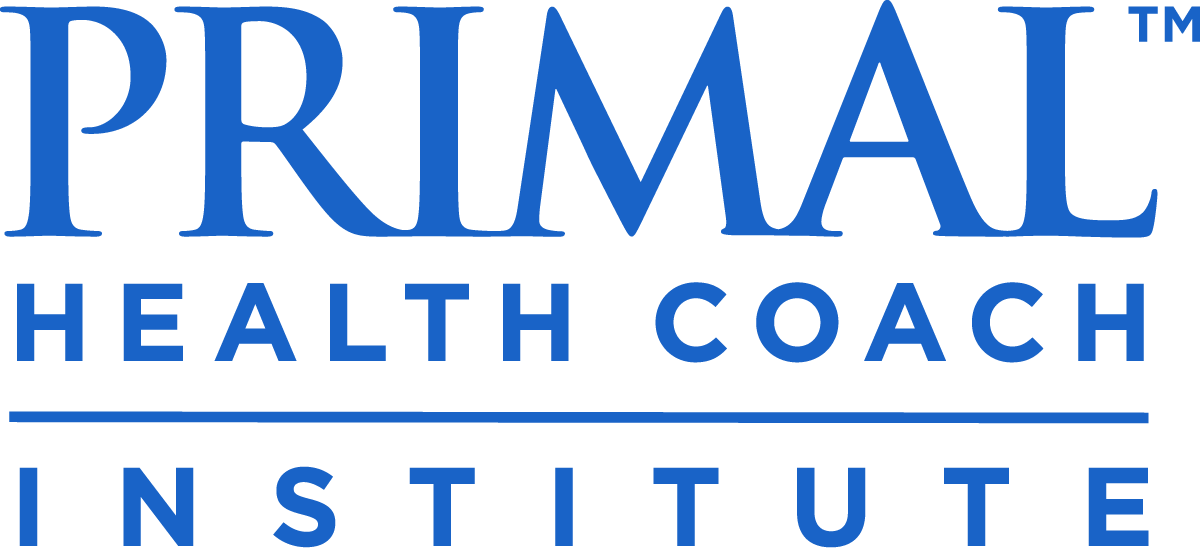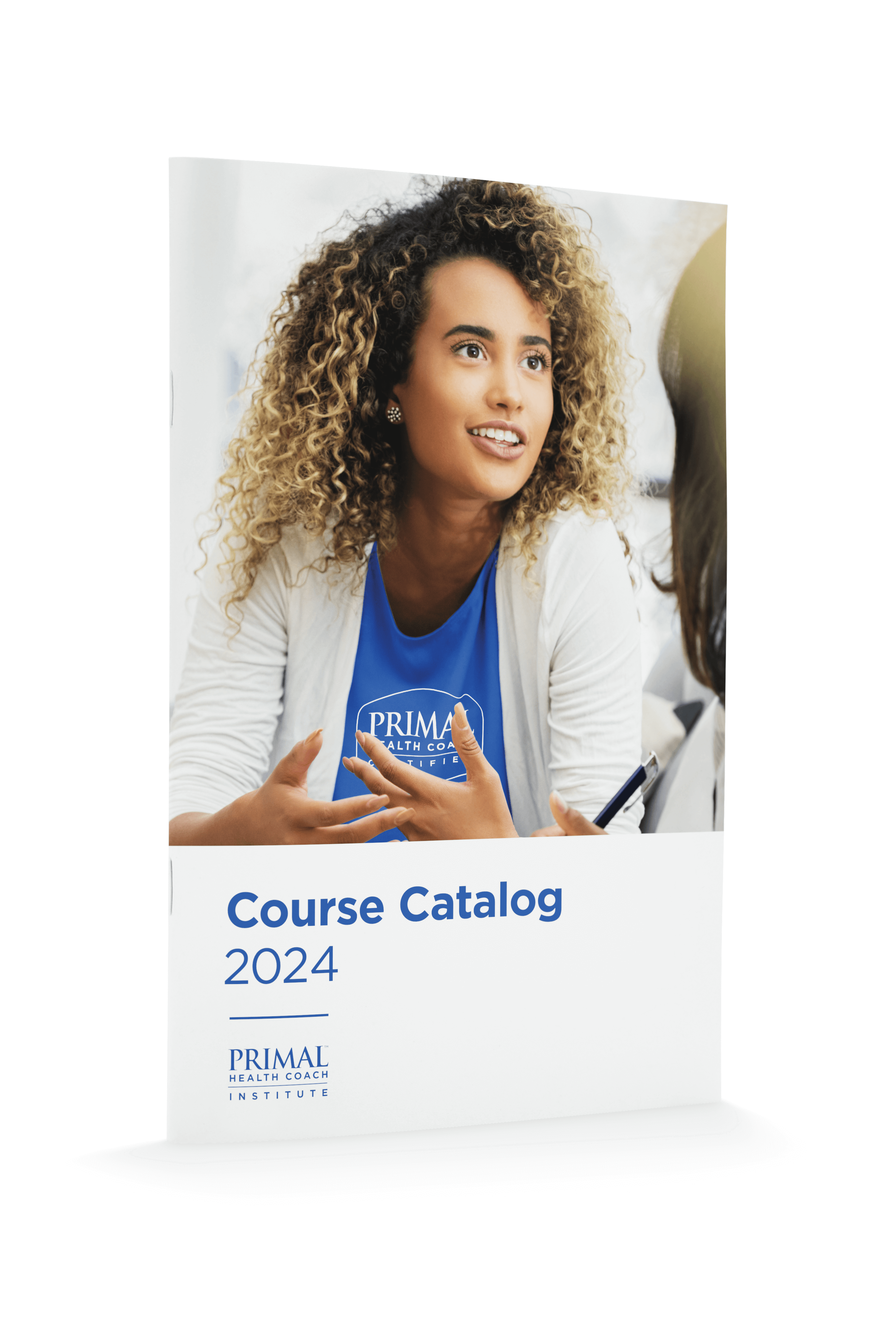
An ever increasing number of people are turning online for health-related information.
A PwC survey revealed that 42 percent of individuals share, like or follow health-related information on social media.
This means that your health coach blog has the potential to reach a large audience more rapidly than ever before.
There are many benefits to writing a health coach blog and we’ve covered a few:
- It is an efficient way to share your health knowledge on a global scale
- It can enhance your online presence and establish you as a health expert
- It can build trust and rapport with your readers
- It can help attract new clients
- It can be used as marketing content to be shared on social media
We’ve established why you should write a health coach blog, now it’s time to help you get started.
Writing engaging blog posts isn’t as complicated as you may think.
Here we explore 10 simple steps to help you write engaging articles for your health coach blog.
1. Understand Your Audience
Before putting pen to paper have a think about who you’re writing for and what topics they would be most interested in.
Identifying and understanding your target audience is the first step in the blog writing process, and will help you choose the tone and language for your articles.
It’s important to remember that your blog posts should not be written to appeal to everyone, but rather the special niche group which is your target audience.
For example, if you’re targeting women aged 50 and over, you may write about how to increase longevity or how to maintain health and strength as you age. Conversely, you’re less likely to touch on topics regarding fertility or men’s health-related issues.
Understanding your audience will also help with the other stages of the blog writing process.
2. Brainstorm a Topic and Title
The best place to start when writing an article is with an inspiring topic idea.
Inspiration for topic ideas can come from anywhere. You can draw from your own personal experiences, or from other health experts and their blog posts.
A handy tip is to set aside time purely for brainstorming topic ideas. Some topic ideas may come to you when you least expect it, so make sure you jot your ideas down before you forget them!
Over time, your original topic idea will transition into a working title as your article progresses, and a final title can be formed once your article is complete.
For example your topic idea may be:
“How to Lose Fat by Transitioning to a Primal Diet.”
However, it may develop into:
“7 Tips on How to Lose Fat by Transitioning to a Primal Diet”
And then your final title may look something like:
“7 Tips on How to Lose Fat by Changing What You Eat.”
Your final title should be eye-catching and short, whilst getting the point of your post across to your reader.
3. Write an Outline
Having a structured outline is an important aspect of writing on article.
Write down the key points (which will become your subheadings) and assess how they flow on from each other.
You will find that the order of your subheadings may change once your article develops, but having some sort of outline in place before you continue any further will make your writing much easier in future steps.
4. Do Your Research
It’s imperative that you know what you’re talking about, so make sure you do your research!
Get your information for primary sources wherever possible. Pubmed and Google Scholar are handy tools for finding scientific articles.
Interpreting and extracting information from primary scientific articles is a skill that all health coaches should possess, and the best way to fine tune your skills is to practice reading them.
When extracting information from an online resource other than a scientific article, make sure you select articles from health experts with the necessary qualifications and experience on that particular topic.
Here’s a list of a few quality health and nutrition blogs:
Correctly citing the source of your information is hugely important. If your source is available online, include a link to the source in the text. You may also want to include a reference list at the end of your post. This will boost your credibility and will allow your readers to access the original source themselves.
5. Write a Catchy Introduction
Grab the attention of your reader with a captivating introduction.
Including statistics and facts that will appeal to your target audience is an effective strategy to lure your reader to your article.
You could also include a short story that your readers will relate to. This should only be a few sentence. Just enough to captivate your audience.
The next step when writing your introduction is to introduce and explain the purpose of your post. This should be short, yet engaging so your reader will want to learn more.
6. Keep Writing
You’ve developed an outline. You’ve done your research. And you’ve written an introduction. Now it’s time to fill in the blanks for the rest of the post.
The most important thing here is to get the words onto paper (so to speak), as you’ll be able to tweak and edit your post as it develops.
Once you reach the writing stage, you’ll find that you’ve already done most of the hard work and the rest will fall into place.
7. Structure Your Article in an Organized Manner
Blog posts are usually jam-packed with information, so it’s important to avoid overwhelming your reader.
Make use of subheadings, lists, bullet points, and bolding to highlight points of interest, as this will break up your text and greatly improve the readability of your article.
Adding structure and organization to your article will significantly increase the readability of your blog post.
8. Edit Your Article
Thorough proofreading is an essential step that should never been overlooked. A poorly edited article will appear unprofessional and can be a huge turnoff to your readers.
A useful tip is to get someone with a fastidious eye to look over your articles before you publish them, as it is easy to see what you think you wrote instead of what is actually on your screen.
Here’s a list of things to consider when editing your posts:
- Are there any grammatical or spelling errors?
- Does your article flow well?
- Is it easy to read?
- Is the content well-written and interesting?
- Have you included adequate referencing?
9. Add Visual Content
We all know the Chinese proverb “A picture says a thousand words,” and that holds true when blog writing.
Graphics and images are powerful tools that can help create the tone and feel of your article. They can also be used to break up large blocks of text or to emphasize a key point.
If you have an eye for photography then using your own images will add a unique touch to your blog posts.
However, if you’re not a whiz behind the camera, you can find plenty of online repositories filled with stock images for almost any topic you can think of. There are fee-based services such as Adobe Stock, as well as freely available image resources such as Pexels and Pixabay.
Another handy tip is to apply filters to your images. This will help you bring a cohesive feel to each of your blog articles.
10. Optimize Your SEO
SEO or search engine optimization is a term that is synonymous with blog writing.
Optimizing your SEO will help with the searchability of your blog posts.
Yoast is a useful WordPress plugin that has a range of features including but not limited to:
- Improving your keyword optimization
- Previewing what your post will look like when shared over social media
- Checking the readability of your article for online readers
To summarize, here’s a list of what we’ve covered in this post:
- Understand your audience
- Brainstorm a topic and title
- Write an outline
- Do your research
- Write a catchy introduction
- Keep writing
- Structure your article in an organized manner
- Edit your article
- Add visual content
- Optimize your SEO
With these simple steps you’ll be writing engaging health coach blog posts in no time!



